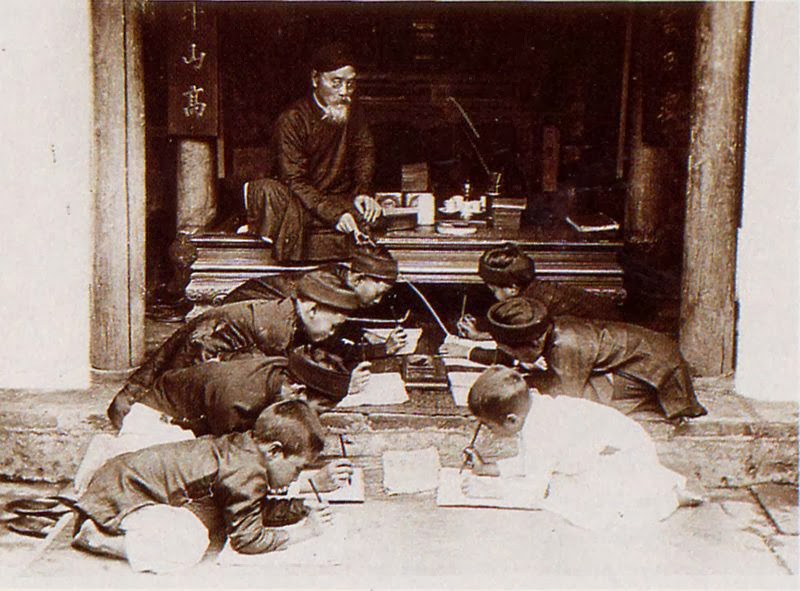
STUDY AT THE QUỐC TỬ GIÁM
The organization of instruction and learning at the Quốc Tử Giám (National University) began in 1076 under the Lý dynasty and further developed in the 15th century under the reign of the Lê dynasty.
The Quốc Tử Giám was headed by a Tế tửu (Director) and a Tư nghiệp (Vice director). The professors of the Quốc Tử Giám had different titles: Giáo thụ, Trực giảng, Trợ giáo and Bác sĩ.
Most of Giám sinh (Students of the Quốc Tử Giám) had passed the Hương (Regional) exam.

The Hương exam
During the course of study, the students paid special attention to the discussion of literature, and wrote poetry as well. Their textbooks were “The Four Books” (The Great Study, The Golden Means, The Analects, Mencius), “The Five Pre-Confucian Classics” (Book of Odes, Book of Annals, Book of Rites, Book of Spring and Autumn, Book of Change), ancient poetry, and Chinese history…

The students had to learn at the Quốc Tử Giám from 3 to 7 years. They had minor test each month and four major tests each year. If they completed enough their terms their study results were approved by the Ministry of Rites to qualify for the Hội (National) exam.

The Hoi exam
The candidates needed to pass the National exam to sit for the Đình (Royal) exam held at the court. At this exam, the King himself posed the questions, responded to the candidates answer and then ranked those who passed the Royal exam into different grades.

The Quốc Tử Giám was the biggest educational center in the country under the feudal regime. Contributing to train thousands of scholars for the nation.


